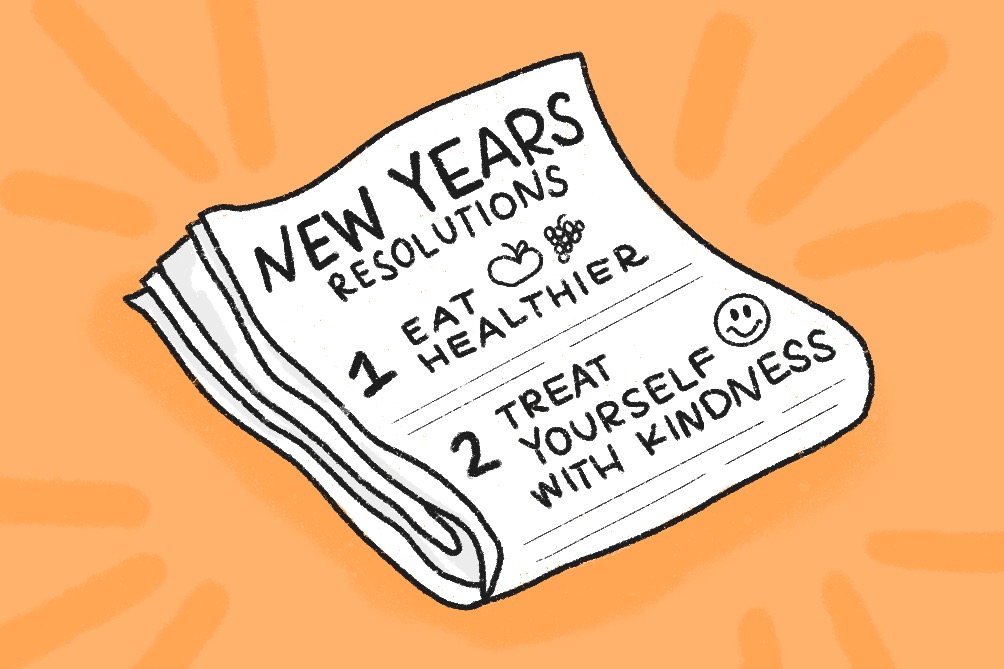(ARA) – There’s no question that the majority of Americans want to make green purchases and do their part to help preserve the environment. But even as the economy starts to turn around, more than two thirds of U.S. consumers say price is the biggest obstacle preventing them from buying green goods or services this year.
With hundreds of green products coming out every day it’s tough to tell what actually works, what’s good for the environment and how to go green without spending all the green in your wallet. Plus, if you’re like many cash- and time-strapped Americans, going green may seem like a costly and time-consuming addition to your everyday life.
Fortunately, several easy adjustments to your weekly routine can help you do your part to preserve the environment and your paycheck. Take an everyday chore like doing the laundry. Spending more than $2,500 annually on water, electricity, cleaning and laundry supplies combined, the average U.S. household does more than 400 loads of laundry per year.
Such costs can be taxing on the environment and your bottom line, but here are a few simple changes you can make to help you save green by going green.
Cool it: The notion that you can only thoroughly clean fabrics in hot water is a myth. Approximately 90 percent of the energy used to power your washing machine comes from heating the water. Wash your laundry in cold or warm water. This will not only help to save money on your utility bill, but will also minimize greenhouse gas emissions.
Hang ’em up: Don’t dry your clothes excessively – doing so is bad for the environment and your fabrics. Try drying laundry the old fashioned way – by hanging it on a clothes line or drying rack. If you are in the market for a new dryer, get one with an electronic sensor that senses when the clothes are dry and automatically shuts off afterward.
Ditch the dryer sheets: They’re an unnecessary expense. Plus many of the most popular brands contain ethanol, chloroform and other chemicals on the Environmental Protection Agency’s hazardous waste list. These chemicals are released into the air after they’re heated in your dryer. If you really need to eliminate static cling, try adding a quarter cup of white vinegar during the rinse cycle. It’s cheaper and just as effective.
Find a fiber-friendly fabric softener: Over 95 percent of liquid fabric softeners are oil-based which means they work by coating fibers in oil. Over time this oily residue builds up and decreases the lifespan of fabrics. The average American family spends $2,147 on clothing each year, half of which is spent replacing clothes. Use a fabric softener that’s not oil-based like Purex Complete Crystals Softener, which is 92 percent natural and will not turn your clothes yellow or gray.
Fill ‘er up: Depending on when your washer was made you could be spending up to $195 each year on electricity alone just to do the wash. Always try to run a full load of laundry in your washer or dryer. Running a partial load uses the same amount of energy as a full load, but accomplishes less. Running full loads will help you use less energy which is better for the environment and your bank account.
There are many ways to protect the environment and it doesn’t stop with your cleaning routine. Adopt some of these tips and the environment, your body and your wallet, will thank you in the long run.






